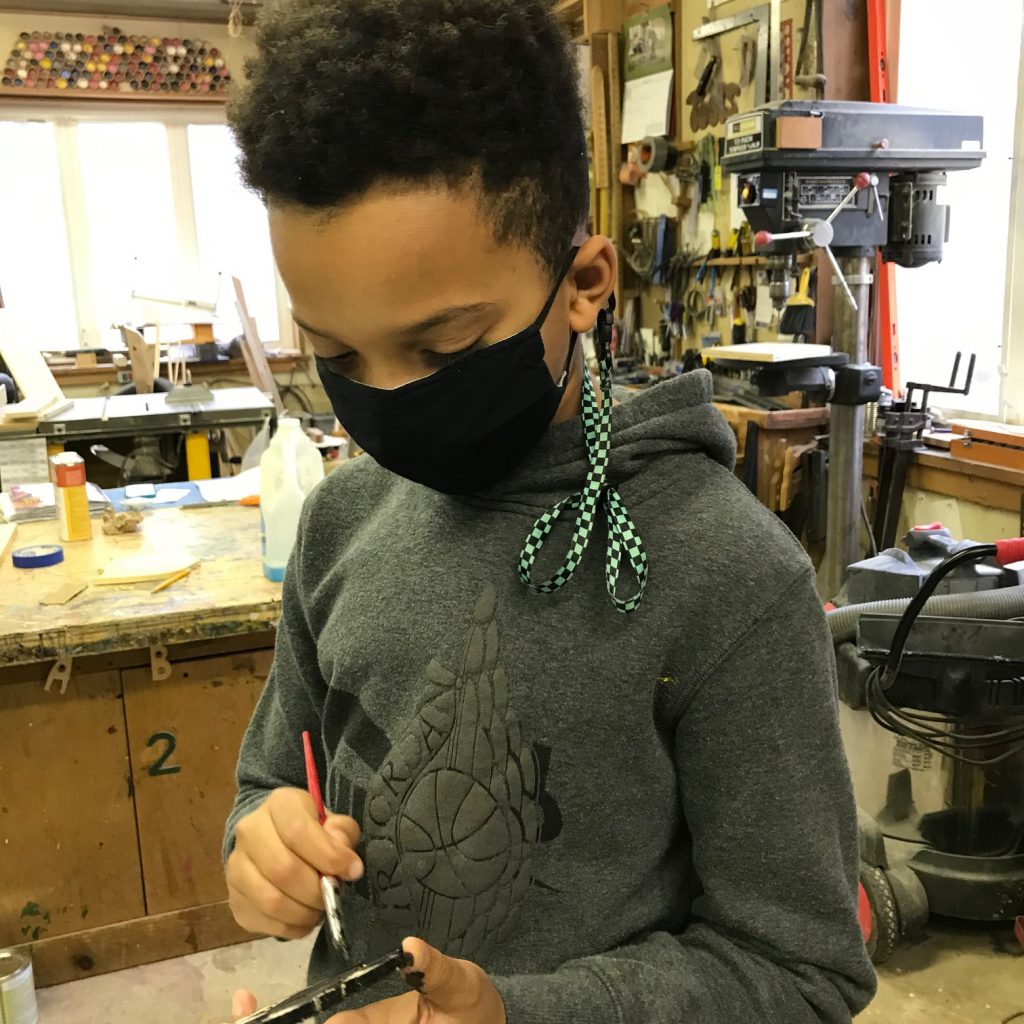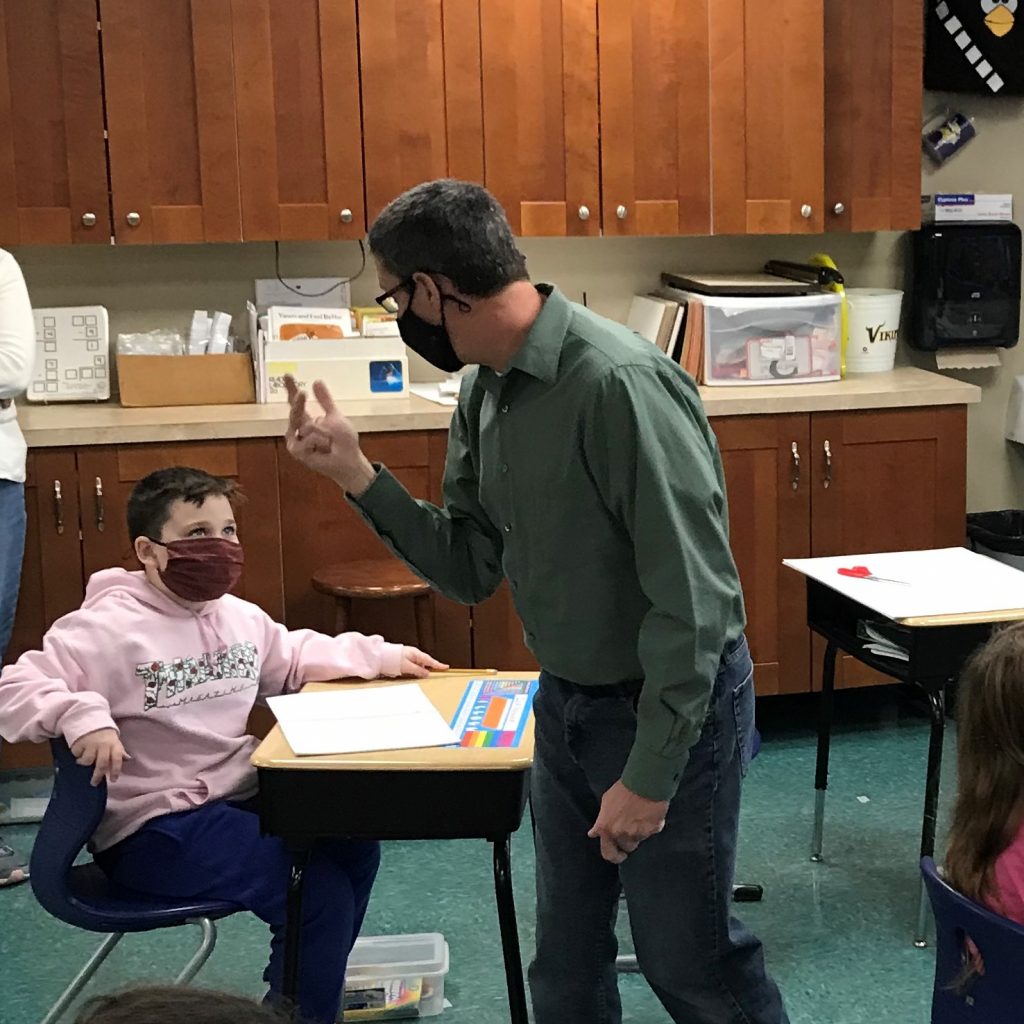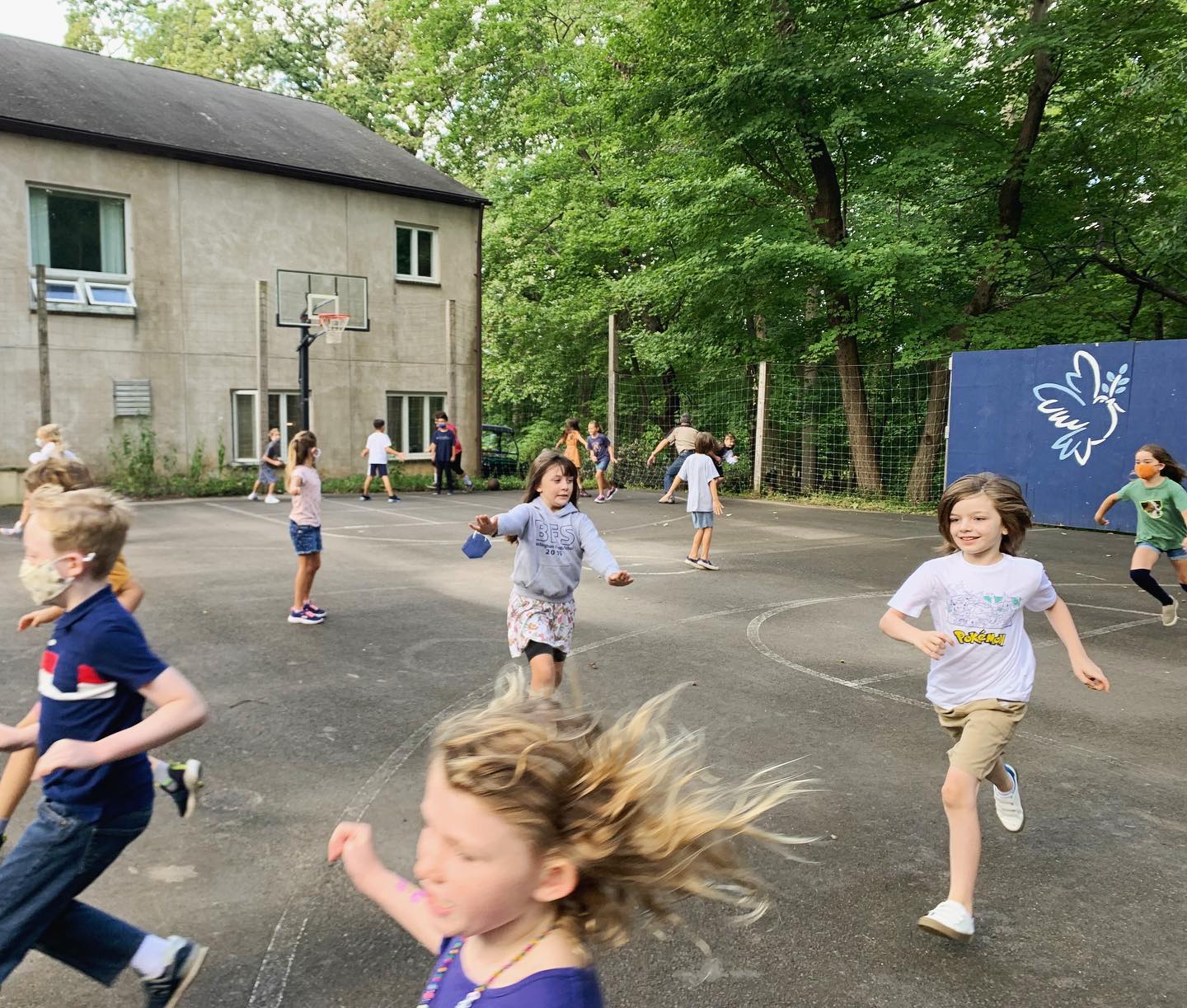The National Association of Independent Schools (NAIS, BFS is a member school) shared the following piece a few years ago. Written by Ann Klotz, the Head of School of Laurel School, I think it offers pertinent insights, and as we move forward during this pandemic.

“We all agree resilience is a good thing. Essentially a synonym for pluck, grit, stick-to-itiveness, the ability to dust off one’s knees and get back on the horse or the bike or whatever threw you, resilience suggests positive adaptation, coming through a tough time, coping.
At times, being resilient means a child has endured something terrible or, to a lesser degree, difficult. But there are opportunities that do not require suffering or loss or exquisite pain, and practicing the habit of resilience helps children learn to weather the storms that are an inevitable part of growing up.

The path can’t always be smooth; bumps and boulders help us remember that we are stronger than we know, more capable than we imagined. It’s hard to watch children struggle without jumping in to solve the problem. But when we can avoid making that jump, we help them thrive. Here’s my own list of reminders to encourage resilience in our kids and in myself!

- Believe kids are capable and can manage without swooping in to “save” them. Communicate that you believe in her ability to solve a problem. Answer when asked for help; don’t offer advice for what hasn’t been asked.
- Shut up and listen. Then ask: Do you want me to do something? If the answer is no, don’t do anything. Invoke the 24-hour rule before reacting. (As my mother used to say, things often really do look better in the morning.)
- In books and movies that you and your children or students share, talk about resilience — how did that character cope? What would you do? Invite problem solving about practical dilemmas into daily conversations.
- Let consequences run their course. As a parent, don’t try to soften the penalty for a daughter’s late assignment. As a teacher, be firm, fair, friendly and consistent applying consequences. Never shame a child for work left incomplete or some other task left undone.
- Take lots of opportunities to talk about empathy, saying, “How would you feel if?”
- Make the adage that there are at least two sides to every story a mantra in your home and classroom.
- Consistently remind children in your care that even grown-ups make mistakes: we can learn from things that didn’t go so well — learn what to do the next time, learn about ourselves, learn that the sun doesn’t fall out of the sky when we mess up. Model making mistakes so that your students or progeny can see your swift, un-martyr-like recovery.
- Kids need to dump: A college child calls, miserable; the parents are frantic — the next night Mom calls, worried, fretful — the child is fine. The storm has passed everywhere but at home as the parents nursed their distress. It is hard to remember that late at night.
- Things do blow over if we let them — it’s an art to know when to intervene and when not to.
- It’s painful for us to bear witness — we don’t like the feeling of “not doing anything,” but by allowing a child to take the time to work things out on her own, we are doing plenty.
- Champion risk taking as long as failure/consequences are neither life-threatening nor permanent.
- Kids feel good about what they can DO — chores, taking responsibility at home. They feel competent and needed doing laundry, walking the dog, cooking. Don’t let them off the hook.
- As much as I want to swoop in and make my son practice his math facts, I must remind myself that HE is the one who must do the work. It doesn’t help him develop resilience if I am more concerned about his homework than he is. When I step back, I help him take charge. If I do things for him, I cut him off at the knees.
- We can’t stand by our children’s side and give them everything — it encourages helplessness, at best, and entitlement, at worst. Our superb schools abound in opportunity. Encourage, suggest, wonder, but allow the student to select what activities to pursue. Resist prescribing. Some things will not go well or be enjoyable — make a contract ahead of time about how long a commitment must be sustained.
- From time to time, when the stakes are not enormously high, we must allow students to falter while we stay quiet, watching and listening and breathing — we can’t save them from themselves or their actions; they need to find out how consequences work for themselves — we can’t give them a heads-up about every possibility.
- Limitations (like those found in music, poetry) can offer opportunities for stretching boundaries and overcoming obstacles. In structure, there is often freedom — limitations encourage problem-solving and creativity. Remind students that the struggle itself has value
- You can’t be a hero unless you go beyond yourself.
- Creativity, growth mindset, self-care, purpose, relationship are all components that help children cultivate resilience.

Resilience isn’t a race; we all make progress over the course of our lives. When we cultivate resilience in ourselves, we help our students and children do the same. Celebrate success but do not fear failure. It’s not the mistake that matters; it’s what we learn from it as we move forward that counts.”

